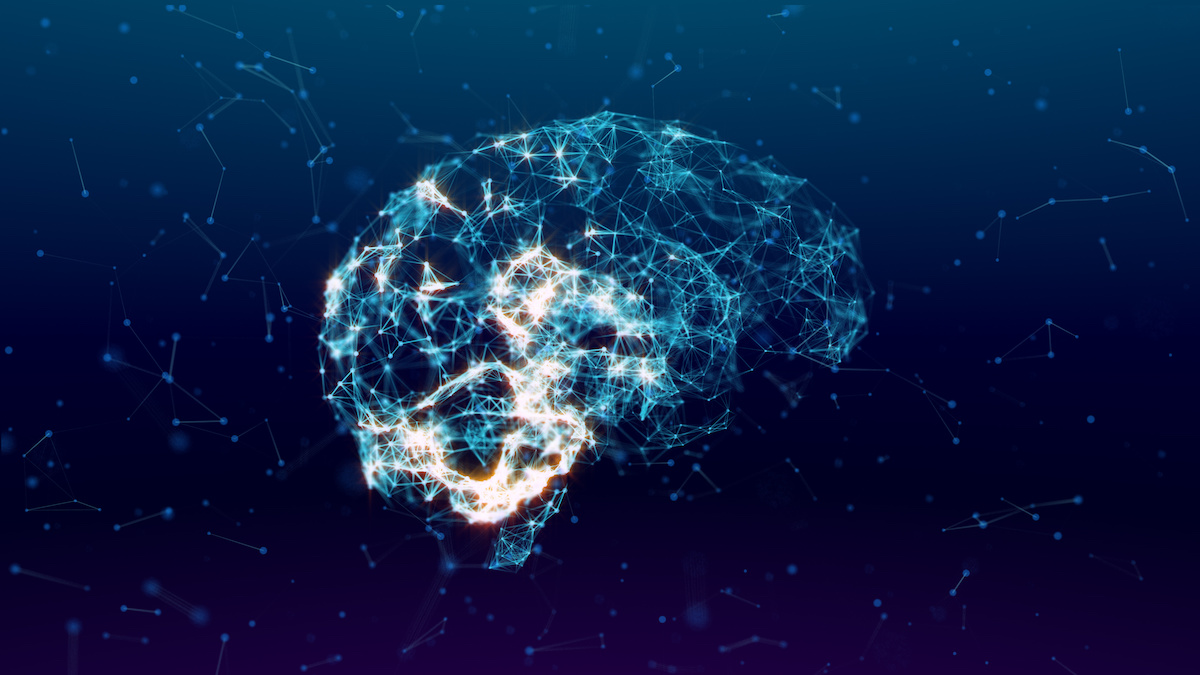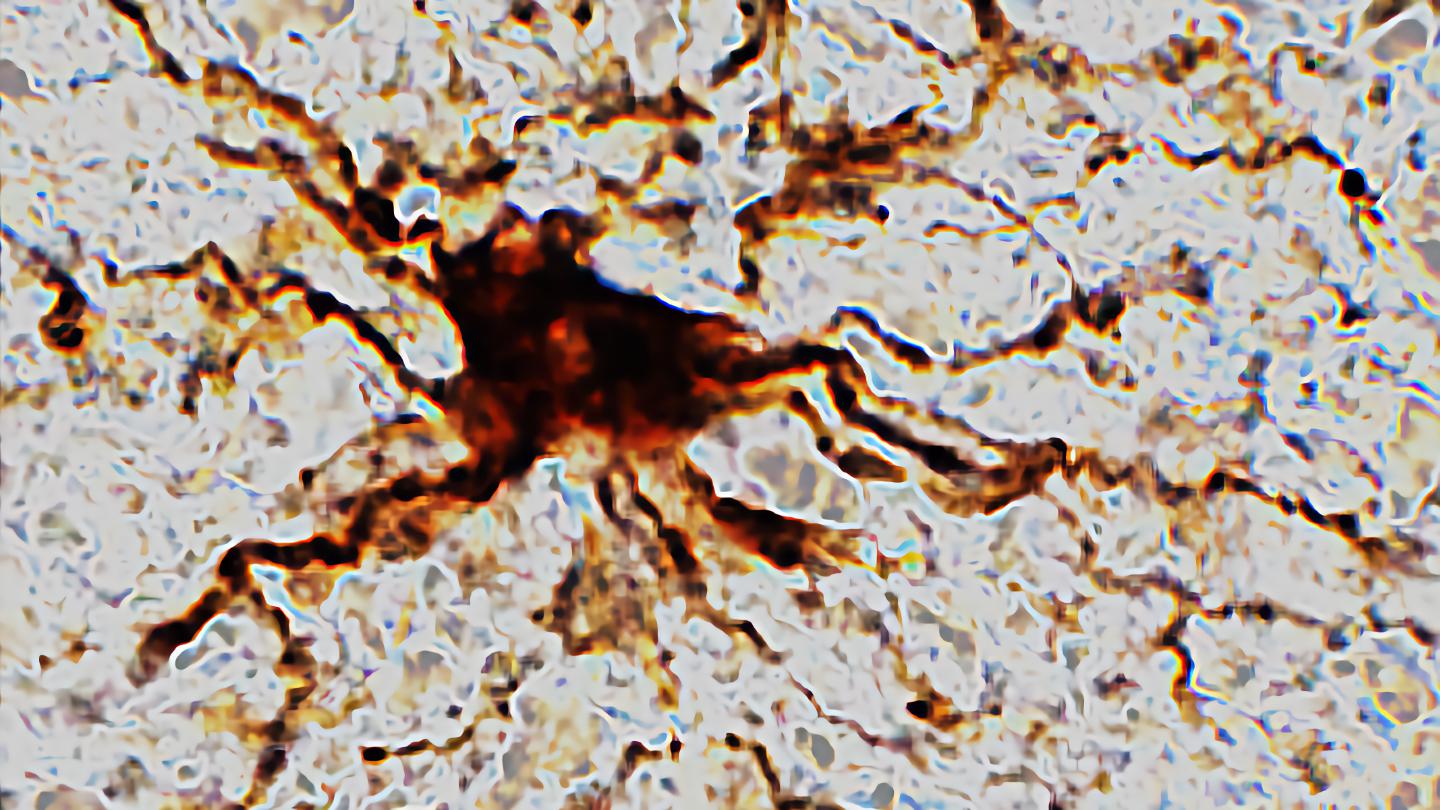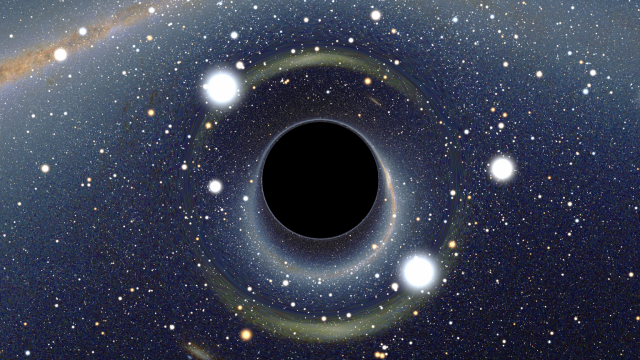How thinking emerged on Earth, from bacteria to the human mind

- How consciousness emerged on Earth has puzzled scientists for more than a century.
- In trying to explain the phenomenon, scientists have often drawn a line between simple and complex forms of thinking.
- But approaching the problem in this manner risks overlooking a fundamental fact: All of Earth’s thinking life forms share common threads.
Rocks do not think. Rocks do not feel. Rocks do not share their experiences with fellow rocks in the hope that their hard-won knowledge might help others learn, grow, and prosper. And yet, over a period of roughly four billion years, the silent stones of primordial Earth transmuted into sentient creatures who fret, dance, and wonder, “Who am I and how did I get here?”
Scholars have been so impressed with our ability to contemplate our own sentience that for centuries they have drawn a thick red line dividing magical-seeming forms of conscious reflection (“What are my thoughts made of?”) from mundane forms of thinking (“Is that sound a trumpet or a tuba?”). Mainstream science has long designated the dynamics of human consciousness as the hard stuff. All other mental dynamics in nature are dismissed as the easy stuff, including a child wiggling her toes, a nightingale singing a melody, a shark distinguishing a tuna from a clot of seaweed, a fruitfly pursuing the scent of overripe bananas, or an amoeba deciding when to join an amoeba colony.
The easy stuff is presumed to be explicable using run-of-the-mill engineering principles — the same sort of explanations that might account for the operation of a radio or microwave oven. In contrast, the hard stuff is viewed as demanding a special explanation — possibly incorporating unknown forces or energies that lie outside the realm of physics. As a result, most researchers investigating the hard stuff (such as self-awareness) believe they are tackling extraordinary standalone problems that can only be explained using extraordinary principles radically different from those governing the easy stuff.
There’s another way of approaching the hard stuff. Instead of treating our enchanted modes of thought as anomalous phenomena in the universe, we might ask a more practical question: when and how did consciousness, language, and self-awareness come into existence? One way to get an answer is by retracing the three-billion-year journey of minds on Earth from the simplest to the most sophisticated, and then attempting to discern where on this timeline the so-called hard stuff first emerged, and through what means. If we do, we discover a surprise: a deep and hidden connectedness binding together all minds.
Thinking through chaos
Consider four different minds spanning magnitudes of complexity, from the most mundane to the most magical. A microscopic E. coli bacterium swims toward a promising cloud of flotsam that could be its next meal. A tiny roundworm waves its front tip through the airy soil to discern which direction it should go to find a mate. A chimpanzee mother searches for her missing child in the jungle’s darkening twilight. A young human gazes into the fluttering shadows of a campfire while listening to a storyteller unspooling a tale of a great hunter who once stalked the moon.
Both everyday intuition and conventional neuroscience suggests that very different sorts of thinking must be happening in these four minds. After all, the bacterium doesn’t possess a single neuron. The roundworm flaunts neurons, but lacks a brain. The chimpanzee boasts a neuron-dense brain virtually as sophisticated as our own, yet she cannot speak. What physical principle links together these disparate mental worlds?
The answer becomes apparent when we undertake the journey of the mind, commencing with the tiniest living mind on our planet — the spartan mind of the archaea — then proceeding through the minds of microbes, protozoa, jellyfish, worms, insects, fish, amphibians, reptiles, birds, mammals, and humans. When we examine the transitions between minds, we discover that the unfolding of thinking in the universe has been shaped by a consistent developmental principle.
Each new mind faced a new mental challenge furnished by chaos — the aimless churn of physical matter. To surmount the challenge, each mind devised a new mental innovation built out of existing innovations of previous minds. Each new innovation altered the mental dynamics of the previous mind to establish even more adaptive mental dynamics — more smarts, that is — that solve the challenge. The emergence of each innovation inevitably led to even more daunting challenges that spurred minds to become smarter still.
The ceaseless iteration of “mental challenge, mental innovation, new challenge” steadily constructed ever-more sophisticated mental structures and dynamics that were better able to adapt to chaos. Remarkably, this basic-sounding process also gave rise to momentous and predictable turning points in the journey of the mind — crucial transitions when the nature of thinking itself changed dramatically. Forms of thinking that worked well at one scale of reality give way to more complex forms that can master chaos on a more expansive scale. Each turning point is always presaged by the emergence of a characteristic mental challenge that cannot be solved using simple tweaks to the existing mental architecture. Whenever this distinctive challenge appears, its solution requires a whole new stage of mind.
An E. coli bacterium’s thinking elements consist of individual molecules, such as Tar, a sensory molecule in the E. coli membrane that detects nutrients. Molecular filaments extending outward from the ends of the bacterium bind together into flagella that control the bacterium’s movement. A single thinking element in a bacterium (a sensor or doer molecule) is not adaptive: on its own, a single molecule is not capable of learning or executing purposeful activity. Cast apart, an E. coli’s sensors and flagella are inanimate chemical junk. But when these mindless molecules are arranged into a particular configuration inside a living bacterium, they generate simple mental dynamics that enable the bacterium to pilot toward food.
Solving coordination problems
Eventually, as bodies became larger (amoebas can grow to be 1,000 times larger than E. coli) and minds became more sophisticated, thinking reached the limit of its ability to adapt to the environment using molecular thinking elements. To achieve a qualitative leap in intelligence, molecule minds needed to find a way to communicate with one another to organize joint mental activities on a broader scale. Molecule minds confronted a coordination problem — a formidable challenge whose solution always foments revolution.
The innovation that solved the first coordination problem was the neuron. An individual neuron is adaptive — it can learn and execute purposes — because each neuron is a self-contained molecule mind, with internal mental dynamics mimicking the dynamics of E. coli mind. Neurons can also directly communicate with another through electrical spikes and biochemical squirts, leading to the emergence of a new stage of thinking that operates on top of molecular thinking in larger, multi-cellular organisms, such as the roundworm, a one-millimeter-long creature that crawls through the soil feeding on bacteria (including E. coli).
The roundworm’s nervous system consists of two networks of motor neurons that extend down each side of its body to control locomotion (one advances, one retreats); a set of sensory neurons on the worm’s front and rear tip; and a set of 10 “thinking” neurons that convert sensations (from sensory neurons) into action (via the locomotion networks).
As neuron minds developed, their networks become more and more specialized, performing their functions with ever greater effectiveness, establishing networks for vision, smell, valuation, and motor control. Eventually, like the molecule minds before them, the neuron minds also reached the limits of what they could achieve using neuron thinking. They, too, confronted a coordination problem.
Individual networks in neuron minds needed to figure out a more effective means of communicating with one another, network-to-network. The innovation that solved this was representations—collective patterns of signals exchanged between networks. But the neuron mind coordination problem presented an additional challenge that required a second major innovation to solve.
Consciousness emerges
Consider the network mind of the chimpanzee. If it sees ripe nuts on a tree, smells a desired mate on a branch above, and hears the sound of a leopard approaching, which perception should it focus on? In a brain with 30 billion neurons and dozens of specialized networks simultaneously pursuing their own objectives, what kind of global dynamics enable every network to drop what it’s doing and pay attention to the same urgent representation in one particular network?
Consciousness. Consciousness is a form of representational dynamics in a network mind that automatically and efficiently decides which network’s representation is worthy of the entire mind’s attention. Though conscious states can seem downright supernatural to the mind experiencing them, they are part of the ordinary and ancient fabric of our mind’s ability to convert ambiguous sensory inputs into useful behavioral outputs. In terms of its physical embodiment, consciousness is no different than a bacterium whipping its flagella or a roundworm sniffing out diacetyl in the dirt. These forms of thinking all involve the same mathematical principles, only consciousness requires three levels of thinking to get its job done—to smoothly manage the global attention of a mind capable of efficient network-to-network communication.
With dedicated networks for vision, hearing, emotion, object recognition, sequential learning, and communication, the chimpanzee possesses the most sophisticated network mind on Earth. In the wild, chimpanzees dance around flames, play with imaginary toys, and gaze into waterfalls with awe. They experience despondency when they lose a child and triumph when they topple an unfavorable political structure. They share our cherished ability to experience the world. However, they do not share our ability to be aware of our own experience—to know that “I am me!”
Despite our own species’ understandable fixation on it, the emergence of consciousness is not the climax of the mind’s story. Though astonishing, consciousness appears as a mere stepping-stone in the cosmic odyssey of mind as it strives, with ever greater intelligence, to subdue the relentless forces of chaos. Our own experience of self-awareness is distinct from a chimpanzee’s because our mind boasts a fourth stage of thinking that solves the coordination problem faced by advanced network minds. An innovation that enables the conscious experience you are enveloped in right now: language.
Language is a form of shared attention that enables human minds to share highly complex experiences with one another, including stories, instructions, and directions. With the emergence of language, thinking finally left behind its fragile penitentiary of living cells and moved into the air, the rocks, the pages of books, and the circuits of silicon. Language binds together network minds—you and me—into a supermind. The human-to-human dynamics of language operate on top of the dynamics of consciousness, and it is the physical interaction between the dynamics of language (at the supermind level) and the dynamics of consciousness (at the network mind level) that generates our first-person experience, “Who am I and how did I get here?”
Until Isaac Newton came along, the world’s leading scholars presumed that the physical dynamics of the heavens, such as the motion of the sun, moon, and stars, were distinct from the physical dynamics of the Earth, such as the motion of rocks, rivers, and rain. Newton’s fame rests upon his achievement of the first great unification in the history of science, when he demonstrated that a single set of principles could unite the terrestrial and the celestial within a common mathematical framework. Over the past few years, a similar unification of the magical and mundane forms of thinking has finally been achieved by demonstrating that a single mathematical framework can account for the navigation of a bacterium and the spiritual yearning of a human. All thinking things are part of the same grand saga of purpose: bacteria thinking is embedded within roundworm thinking, which is embedded within chimpanzee thinking, which is embedded within human thinking, which one day may be embedded within an even more astonishing mind.
The magical and the mundane
By tearing down the artificial division between the magical and the mundane, it might seem like we’re losing something precious—the loss of a thrilling mystery, perhaps the loss of a sense of cosmic privilege. A similar feeling of demoralization accompanied Newton’s union of the heavens and the earth. But in exchange for our forfeiture of the miraculous, we have been bequeathed something marvelous. Newton’s unification revealed that the heavens were open to us—that we could freely explore the universe and shape it to our desires. We could walk upon the moon, harness the energy of the sun, and send probes to distant galaxies. Similarly, eliminating the barrier between the hard stuff and easy stuff suggests that we are not the final destination on the journey of the mind, nor the culmination of purpose in the cosmos.
Humankind’s ancient conviction that the secrets of awareness lie within some other realm places a ceiling on what we can accomplish as a species, for it makes us believe that our otherworldly ability to experience meaning was something granted to us as chosen entities in the universe. But relinquishing this belief can be liberating, suggesting that while our own lives might be finite, we are part of a neverending story of thinking, feeling, and experience. The very demystification of consciousness paves the way to another kind of immortality when we realize we are using our own newly articulate consciousness to forge even more sentient entities—more resilient, more intelligent, more loving, and capable of new forms of awareness here on Earth, or one day, in the heavens.





